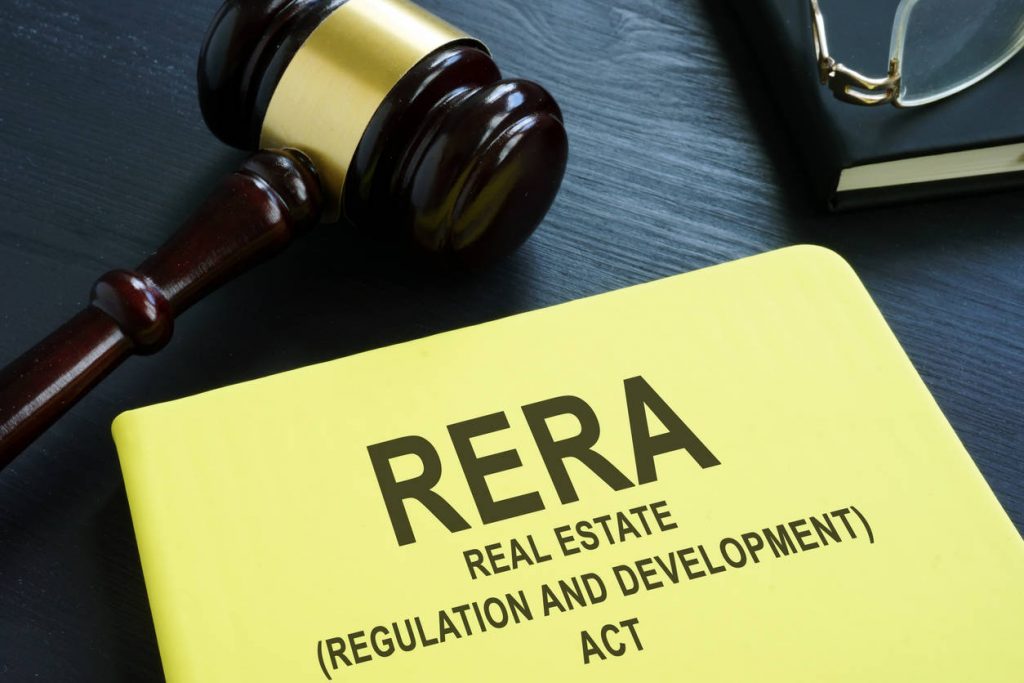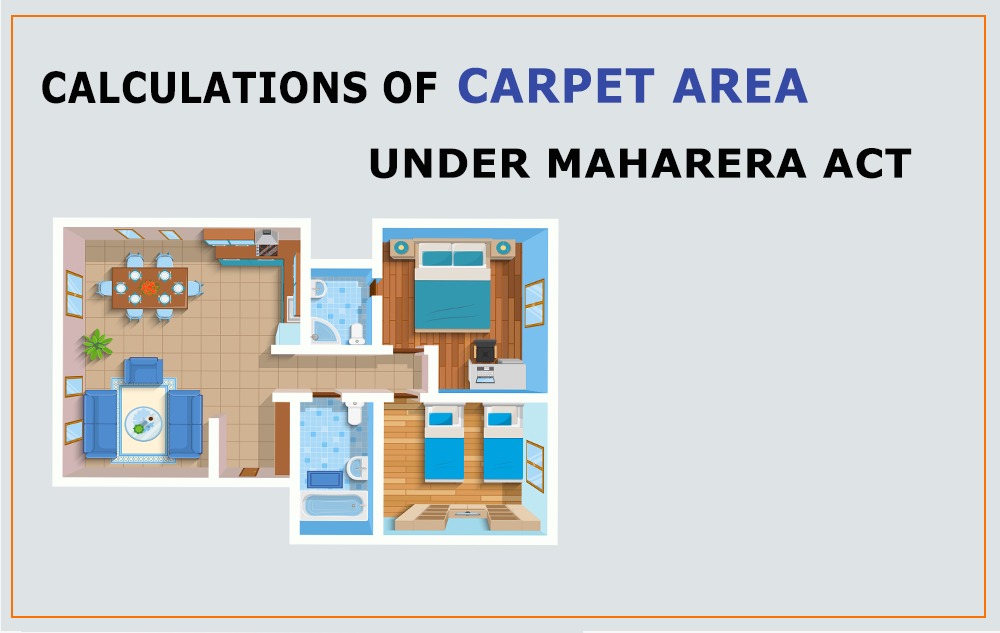
Real Estate Terms – All You Need to Know
Pune real estate sector is buzzing with opportunities post Covid-19 aftermath. While many people are eyeing to buy properties, most of them find the real estate terminologies confusing and complicated. Whether you wish to buy a 2 BHK or 1 BHK in Pune, the developers or real estate agents will converse in jargon that you would not understand.
Every industry has its jargon, and real estate is no exception. You must know what each of these means before investing in a residential property. Ideally, you should look at projects from a reputed builder who conforms to property norms and delivers a product as per approved plans.
The following are few commonly used real estate terms that you are likely to encounter in your home or office buying journey.
Common Real Estate Terms
- RERA Act

RERA stands for Real Estate Regulations Act and was introduced in 2016 to protect the interests of home buyers. The main aim of RERA is to provide relief to the buyers from the malpractices of unfair builders.
RERA specifies certain norms for building and development of real estate which will enhance the transparency in transactions in the real estate sector. It has provided several rights to the home buyers and has also specified certain rules and regulations to be followed by all builders/ developers.
- RERA Registration Number

Each project is assigned a unique RERA Registration Number after its registration with the RERA authority in the state. This ID is granted to the projects once all required documents have been submitted by the developer and validated by the RERA authority. Having a RERA ID implies that a project is being developed in compliance with RERA guidelines.
Check more :- Importance of Buying a RERA registered Project in Ambegaon
- Occupancy Certificate

An occupancy certificate (OC), issued by the local authorities, certifies that a building is fit for occupation and has been constructed as per the approved plan and in compliance with local laws. Once the project is completed, the builder obtains the Occupancy Certificate. The OC also certifies that the project is suitable for habitation and the building has provisions for civic infrastructures such as water, sanitation, and electricity. The local authorities issue this certificate notifying that they have provided complete clearance for occupancy. OC is an essential document that a homebuyer must be aware of.
- Carpet Area
The Carpet Area of a house is the net usable floor area. This excludes the area covered by external walls, areas under service shafts, exclusive balconies, or verandah areas. However, this includes the area covered by the internal partition walls of the apartment.

- Super Built-Up Area
A building also features common areas such as lift shafts, corridors, stairs, lobby, etc. apart from the area occupied by individual flats. The Super Built-Up area comprises the built-up area along with a fair share of the common areas that have been proportionately divided among all the flats within the building.
- Floor Space Index (FSI)
The abbreviation stands for Floor Space Index, also referred to as FAR (Floor Area Ratio). In simple terms, FSI is the maximum permissible floor area that a builder can build on a particular plot/piece of land. FSI is the ratio of building floor covered area to area available on the land. FSI varies from place to place under the rules and regulations set by the city’s administration.
Irrespective of whether you are buying your first home or making a financial investment, buying property is always a milestone. Since it involves a significant amount of money, and is a long-term asset, it is crucial to understand these real estate terms before committing to a deal. A simple understanding of these terms would help you make a more informed decision, whether you are keen on investing in a 2 BHK in Pune or any bigger configurations.
Read more :- Stunning 3, 4 & 5 BHK Apartments at Model Colony for a Convenient Life in Pune

